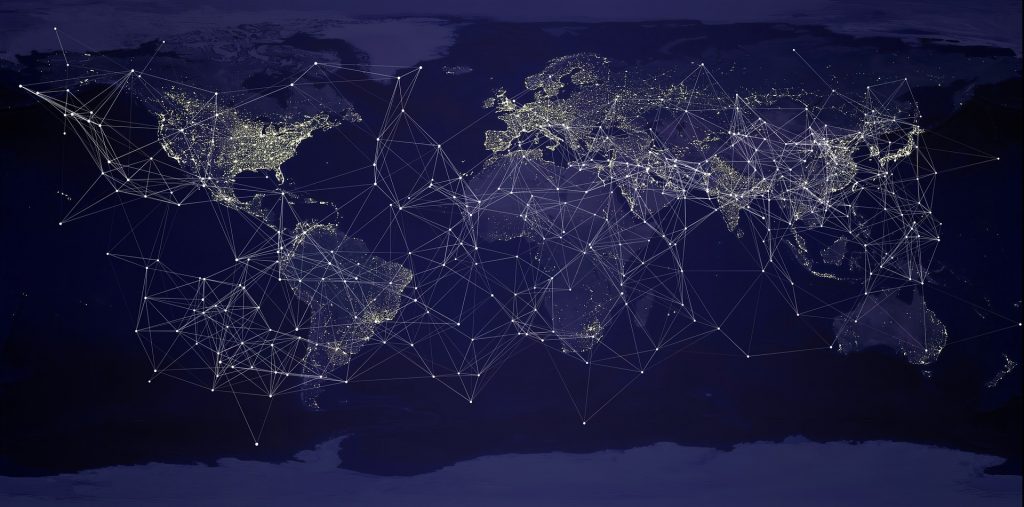Learn how to get important documents translated and delivered around the world simultaneously.
Recently we received a call from a prominent consulting company asking if we could help them reduce the time gap between the release of research documents written in English and their translated versions.
These documents are typically 100-page long and presented in English, but are also provided to the client in printed formats translated into the client’s native language.
The content in these documents is very time sensitive and delays in translation are causing problems. This requires simultaneous release in all languages.
Here are some ways we have found you can cut these problems.
1. Assemble Your Translation Team
Get your translation project going with a team that understands the process you have set up.
By working with a foreign translation team for all your corporate document needs, any minor issues that might arise can be dealt before they become major problems.
That includes training on how to use the tools, and the importance of following a certain process.
Invest in making everyone is up to speed and supportive of the team and the process. This step can be skipped if you’re using a professional translation service.
2. Follow the 80/20 Rule
Translating 100% of your data and content from the get-go is not always financially feasible. Identify 20% of the content that is 80% likely to be used and translate it ahead of the final document release.
Let’s say you are only using 10% of the entire content developed in your released document. By translating 20% of the most pertinent content, you may be able to leverage the translation of about 80% of the source document right after its release.
It would have cost you twice as much to translate the additional unused content, but the additional investment will possibly speed up your translation process by 80%.
3. Use Collaboration Tools
Most translation services today use translation memory tools. Very few, though, use them in an online collaborative mode.
Online translation tools allow your teams to collaborate by sharing translation segments. This makes dividing up a translation task among many translators workable. It also eases translation consistency and accuracy. Translation memory keeps all content managed and controlled in one database.
You can divide a project to hurry the translation and proofing process as long as there’s a minimal impact on translation style and quality.
4. Trust Reliable Databases
Create a glossary of terms that are specific to your industry. These terms and corresponding definitions will be of great use for translators.
Access to the key terminology is essential for the release of quality translation on time.
5. Offer Access to Supporting Documents
Give your translators as much access to support documents as possible.
They also need time to study them to help them better understand the context of the content to translate.
Translators are able to capture the intended meaning in the target language with this information in hand.
6. Make the Author Available
Whoever wrote the content usually has a good understanding of the intent of the message. It may not be as clear to others reading, letting alone translating it.
Give your translators access to the author so they can ask questions if need be. This can make the difference between a successful and a failed translation.
That might not always be possible, though. An efficient process with the correct tools and infrastructure helps ease potential delays.
Save the tools in a database that is accessible to all translators and editors.
Get Your Message Out With the Best Translation
Most of the recommendations provided above will increase the cost of the translation, but the dividends can be measured in the reduction of time needed to complete the translation, plus the increased quality of output that often impacts client satisfaction and therefore repeat business.
These dividends will help deliver time-sensitive content to your intended audience when needed. They will also minimize ambiguities that often produce confusion and distraction detrimental to the central message.
For more information on how to achieve simultaneous multilingual translation release, contact us today.
We will help you establish a process that can minimize time needed for translation release and increase translation quality.



